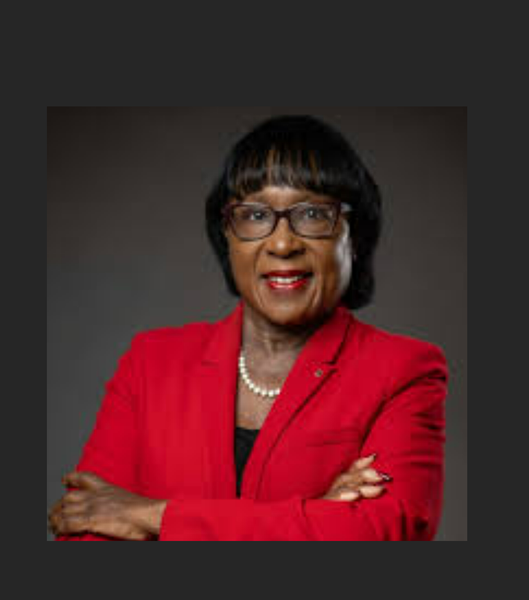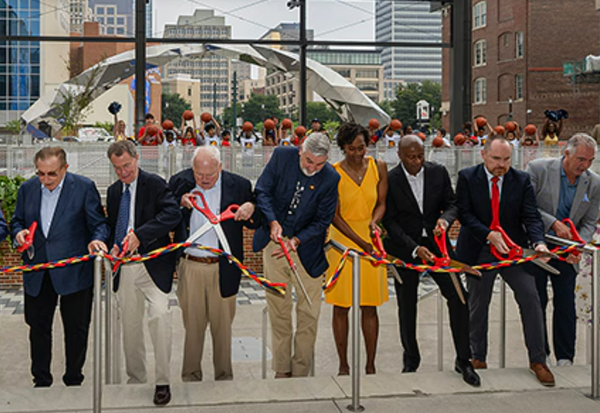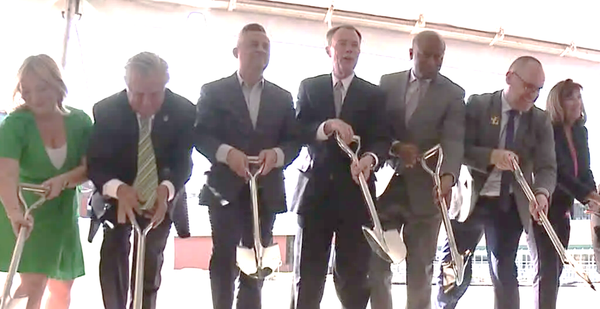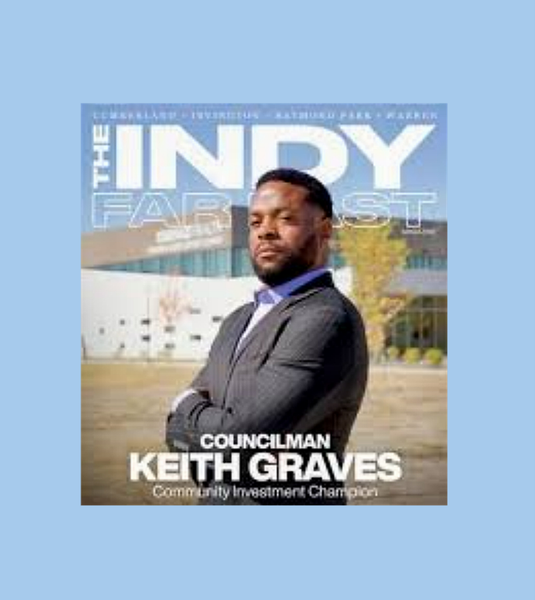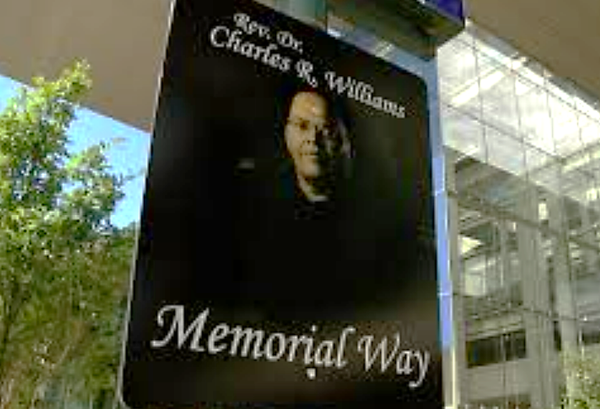
Indivisible
Commemorative naming is, first and foremost, a method of elevating the memorialized person’s visibility to the broader community. It’s a way of taking up some space. Of celebrating where we are, where we’ve been, and where we’re going. All of which, of course, Reverend Williams empowered Black people to do through Indiana Black Expo. His vision for Indiana and the world beyond was one in which Black people are visible – and not only visible, but celebrated.
